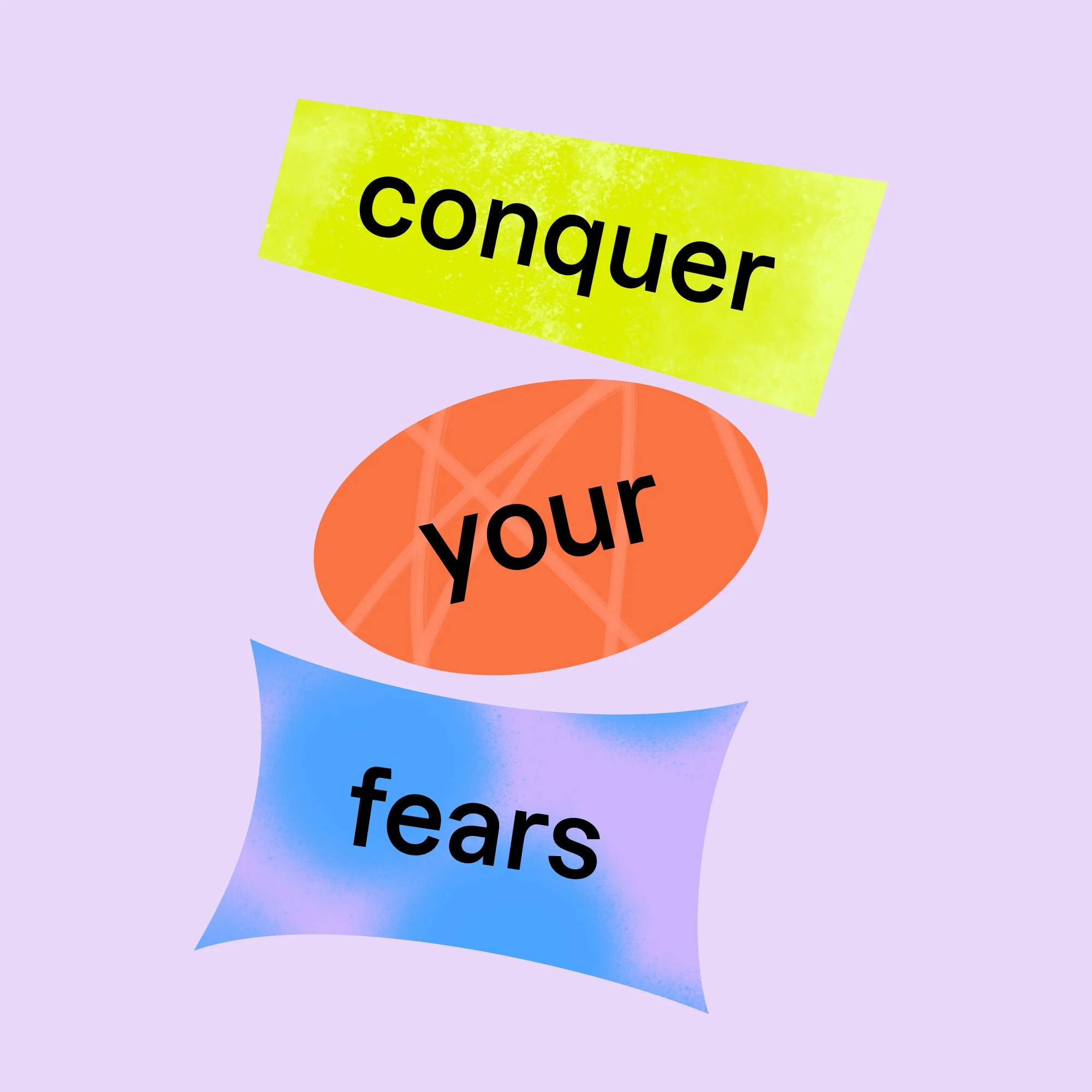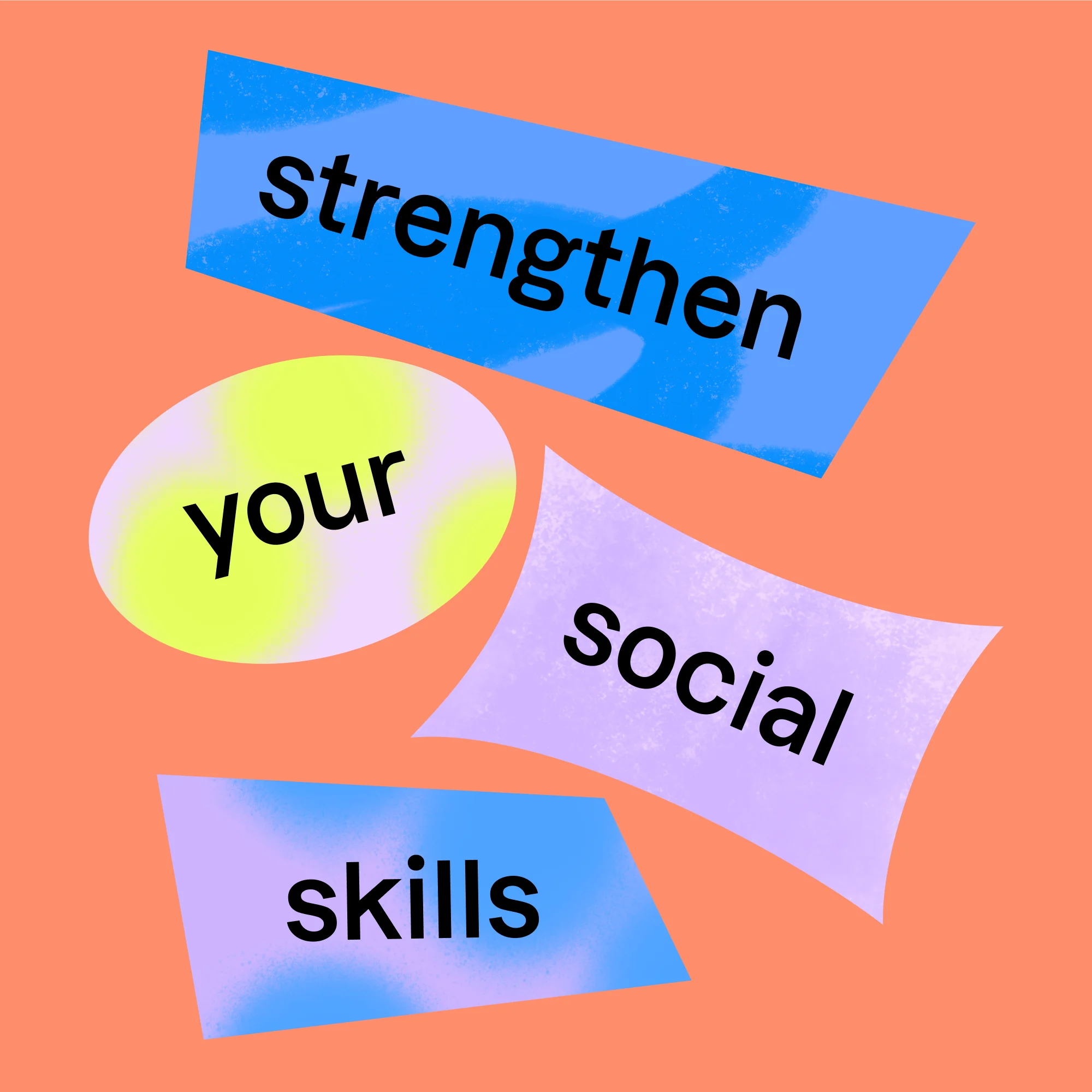Here’s something that might surprise you: When you’re talking with someone, most of your message isn’t communicated through your words. Rather, it’s communicated through your actions–your facial expressions, body language, and other physical signals.
Another term for those signals is nonverbal communication. Because it’s so powerful, nonverbal communication is an important skill to know how to use. It has big benefits in all kinds of situations, from work and school to everyday life.
Let’s take a look at the types of nonverbal communication, what they communicate, and how to get better at this skill.


What is nonverbal communication?
Nonverbal communication refers to the transmission of information without the use of words or spoken language. It includes a large variety of signals or cues that we use while talking. These cues can be used either consciously or unconsciously.
There is power in nonverbal communication. Even our pets can analyze our face and understand the basics of our message! Think of how your dog reacts when you give him a stern look and use a serious voice. Now compare that with when you use a big smile and an upbeat tone.
Nonverbal communication can work for you or against you.
Nonverbal communication can work for you or against you. It can greatly influence the way your listener interprets your message. It can affect your credibility at work and how you develop relationships with other people. It’s important to learn exactly what your nonverbal signals might be conveying, so you can make sure they support what you’re trying to say.


Examples of nonverbal communication
Nonverbal communication occurs in many forms. Here are some types of nonverbal communication:
Eye contact: Maintaining or avoiding eye contact can signals to the listener your interest, comfort, and honesty–or discomfort or boredom.
Gestures: Hand movements, waving, or pointing can express agreement, disagreement, emphasis, or direction.
Silence: Pauses or moments of silence can convey understanding, anticipation, contemplation, disagreement, or tension.
Facial expression: Smiling, frowning, raising eyebrows, or squinting can convey emotions such as happiness, sadness, surprise, or skepticism.


Posture and body language: Leaning in or away, crossing arms, standing tall, or slouching can communicate interest, openness, confidence, or defensiveness.
Space and proximity: The physical distance between people can communicate intimacy, formality, or personal boundaries.
Tone of voice: Variations in tone, pitch, volume, and emphasis can convey many emotions, such as warmth and support.
Appearance: Personal style, grooming, and clothing can communicate professionalism, cultural affiliations, or individual identity.
Touch: A handshake, a pat on the back, a tap on the arm, or a hug can convey support, congratulations, or interruption.


Nonverbal communication varies across cultures
It’s important to understand that many of these nonverbal behaviors vary from culture to culture. Depending on a person’s background, they may interpret some of these behaviors differently.
For example, the meaning of eye contact varies widely across countries and cultures. For some, it might be considered disrespectful or confrontational, particularly when communicating with elders or people in authority.
Certain gestures that are common in one culture might have different meanings or even be offensive in another. An example is the “thumbs up” gesture, which indicates positivity in some cultures but is rude in others.
Here are some other examples of cultural differences in nonverbal communication:
Silence: In some cultures, silence might show agreement or thoughtfulness, while in others, it can be perceived as discomfort or disagreement.
Facial expressions: How we understand facial expressions can differ. For example, while a smile might mean happiness, how often or when people smile can vary culturally.
Touch: In some cultures, hugging or kissing on the cheek is common among acquaintances. In other cultures, it might be reserved for close friends or family.
Body language: The interpretation of hand movements or postures can differ significantly. What may be considered a friendly gesture in one culture might be seen as offensive or inappropriate in another.
When communicating with someone from a culture different from your own, it’s important to take the time to ensure they understand your nonverbal cues. Pay attention to their reactions so you can avoid misunderstandings. Being aware and respectful of these differences helps you build successful relationships and interactions.


How to improve your nonverbal communication
With so much variation in nonverbal behaviors and the importance they play in your message, it’s helpful to learn to focus on your own cues. This should start with self-awareness. Just by reading this article, you’re becoming more aware of how nonverbal cues can impact your message.
It’s also important to practice active listening. Active listening is a communication technique that involves fully concentrating on, understanding, responding to, and remembering what is being said. It’s more than just hearing someone. It’s a way of listening that involves engaging with the speaker on multiple levels. When people practice active listening, they can better understand each other’s cues and the meaning behind their words.
A speech therapist can help you identify the behaviors you use during different types of conversations.
It’s not always easy to improve your awareness and mastery of nonverbal communication. Speech-language pathologists, also known as speech therapists, play a crucial role in helping people build these skills. A speech therapist can help you identify the behaviors you use during different types of conversations. For example, during interactions that feel intimidating or stressful, such as a job interview or work presentation, you may find yourself using nonverbal cues that don’t occur during simple conversations. Perhaps you have a hard time sitting still, or you cross your arms or furrow your brow. These behaviors can affect your credibility or your ability to persuade the listener.


During individualized sessions with a speech therapist, you will learn about nonverbal actions that negatively impact your message. Your speech therapist will teach you nonverbal communication techniques, and they’ll provide feedback and guidance on your communication style. They may also guide you in video recording and reviewing your speech. As much as it can feel difficult to watch yourself, recordings help you develop a feeling for the presence of specific cues.
By actively observing, understanding, and practicing nonverbal communication skills, you can become more skilled and confident in using these cues to enhance your interactions–at work, at school, and in everyday life.
How Expressable Can Help
Concerned your child isn't reaching age-expected milestones? Looking for communication support from a professional? Expressable is a national online speech therapy practice serving children and adults. We treat all major areas of communication and feeding, offer flexible hours including evenings and weekends, and accept most major health insurance plans. We’re proud to have earned more than 3,000 5-star reviews from our clients (4.9/5 average).
Our therapy model is centered on parent and caregiver involvement. Research proves that empowering caregivers to participate in their loved one’s therapy leads to better outcomes. That’s why we combine live, 1-on-1 speech therapy with personalized education and home practice activities for faster progress.
Communication is more than words. It’s how we share how we feel and show who we are. We’re here to help you or your child do just that.
 Laura Thorburn, M.S., CCC-SLP
Laura Thorburn, M.S., CCC-SLP











